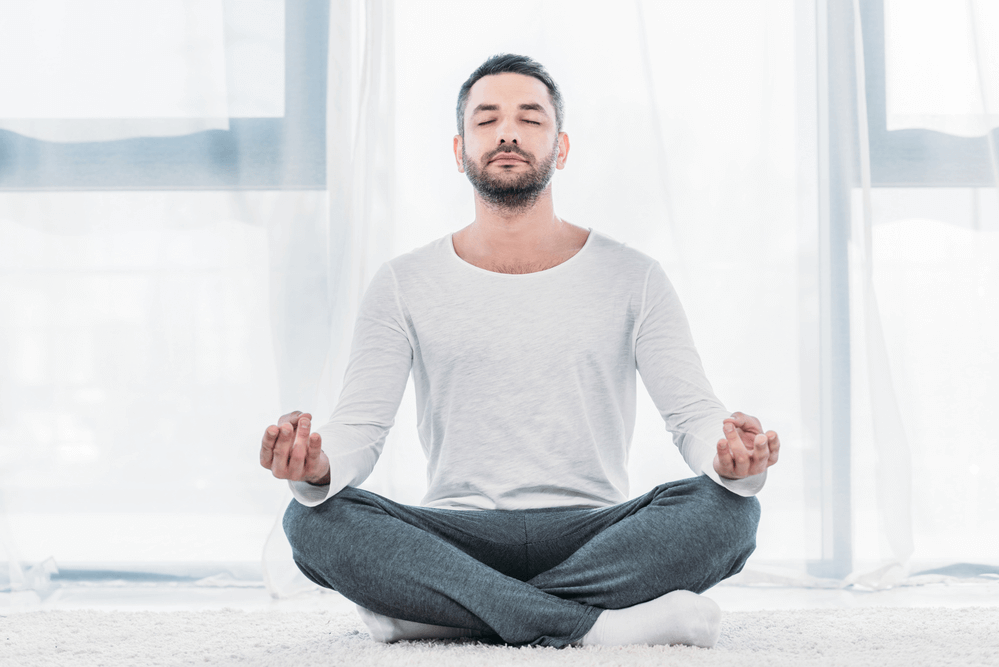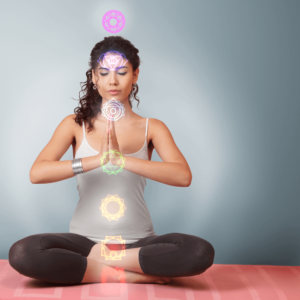Physical Address
304 North Cardinal St.
Dorchester Center, MA 02124
Physical Address
304 North Cardinal St.
Dorchester Center, MA 02124

Meditation is a powerful tool for cultivating mindfulness, reducing stress, and promoting overall wellbeing. There are many different forms of meditation, each with its own unique benefits and techniques. In this article, we’ll explore the most common types of meditation and help you find the best type for your practice.
Meditation is a practice of focusing the mind on a specific object or activity, often used as a tool for cultivating mindfulness, relaxation, and overall wellbeing. While many people associate meditation with spiritual or religious practices, it can also be used as a secular tool for promoting mental and physical health.
There is a growing body of research that suggests meditation can have a positive impact on mental and physical health. Some benefits of meditation that are commonly reported include:
Mindfulness meditation is one of the most popular forms of meditation in the Western world. It involves focusing your attention on the present moment and observing your thoughts, emotions, and physical sensations without judgment. This practice can help cultivate self-awareness, reduce stress, and improve emotional regulation.

Transcendental meditation is a technique that involves repeating a mantra (a word or phrase) silently to yourself in order to quiet the mind and achieve a state of deep relaxation. This practice is often used for stress reduction and can be particularly beneficial for those who struggle with anxiety.
Mantra meditation is similar to transcendental meditation, but instead of repeating a word or phrase silently to yourself, you chant it out loud. This practice can help focus the mind and achieve a state of deep relaxation. Mantra meditation can be a powerful tool for reducing stress and anxiety, as the repetition of a sound or phrase can help to quiet the mind and create a sense of inner calm.
Body scan meditation involves focusing your attention on different parts of your body, often starting with your toes and working your way up to the top of your head. This practice can help you become more aware of physical sensations and can be particularly beneficial for those who struggle with chronic pain or tension.
Metta meditation, also known as loving-kindness meditation, involves cultivating feelings of compassion and kindness towards yourself and others. This practice can help promote feelings of wellbeing and can be particularly beneficial for those who struggle with negative self-talk or self-criticism.
Visualization meditation involves creating a mental image of a peaceful or calming scene and focusing your attention on that image. This practice can help promote relaxation and reduce stress. Visualization meditation can be particularly helpful for those who struggle with anxiety or difficulty relaxing, as it provides a mental escape and helps to shift the focus away from stressful thoughts or emotions.
Spiritual meditation is a practice that is often associated with religious or spiritual traditions. It involves focusing your attention on a specific religious or spiritual concept or practice, such as prayer or scripture reading. This type of meditation may provide numerous benefits, including increased feelings of connection with a higher power, reduced stress, and improved emotional wellbeing.

Relaxation meditation involves using a variety of techniques, such as deep breathing or progressive muscle relaxation, to promote feelings of relaxation and reduce stress. This practice can be particularly beneficial for those who struggle with anxiety or insomnia.
Walking meditation involves focusing your attention on the physical sensations of walking, such as the movement of your feet or the sensation of the wind on your face. This practice can help promote mindfulness and can be a great way to incorporate meditation into your daily life. Incorporating walking meditation into your daily routine can also provide an opportunity to connect with nature and enjoy the physical benefits of gentle exercise while cultivating a sense of calm and clarity in your mind.
Chakra meditation is a practice that involves focusing your attention on the different energy centers (or chakras) in your body. This practice can be used to promote balance and wellbeing in the body and mind. By focusing on the different chakras, this meditation technique aims to clear any blockages in the body’s energy system and promote a sense of harmony and balance. Chakra meditation has been used for centuries as a way to enhance spiritual growth and promote overall health and wellbeing, and it continues to be a popular practice today for those seeking to achieve balance and inner peace.

Vipassana meditation is a practice that involves focusing your attention on the present moment and observing your thoughts, emotions, and physical sensations without judgment. This practice is often used for self-awareness and can be particularly beneficial for those who struggle with negative thought patterns or emotional regulation.
Yoga meditation involves combining physical postures (asanas) with breathing exercises and meditation techniques. This practice can help promote physical and mental wellbeing and can be particularly beneficial for those who struggle with chronic pain or stress.

With so many different types of meditation available, it can be overwhelming to choose the best one for your practice. Some factors to consider when choosing a type of meditation include:
Ultimately, the best type of meditation for you is the one that you enjoy and can consistently incorporate into your daily routine.
Getting started with meditation can be intimidating, especially if you’re new to the practice. Here are a few tips to help you begin your meditation journey:
In conclusion, there are many different types of meditation, each with their own unique mindful techniques and benefits. Mindfulness meditation, body scan meditation, and loving-kindness meditation are just a few of the common types of meditation that can be beneficial for reducing stress, promoting self-awareness, and improving emotional regulation. Choosing the best type of meditation for you involves considering your goals, personal preferences, and any physical limitations or health conditions you may have. Starting a meditation practice can be intimidating, but by setting aside a regular time for practice, finding a quiet space, and being patient with yourself, you can develop a consistent practice that works for you. Remember, even just a few minutes of meditation each day can have significant benefits for your mental and physical health. So why not give meditation a try and see how it can enhance your wellbeing?